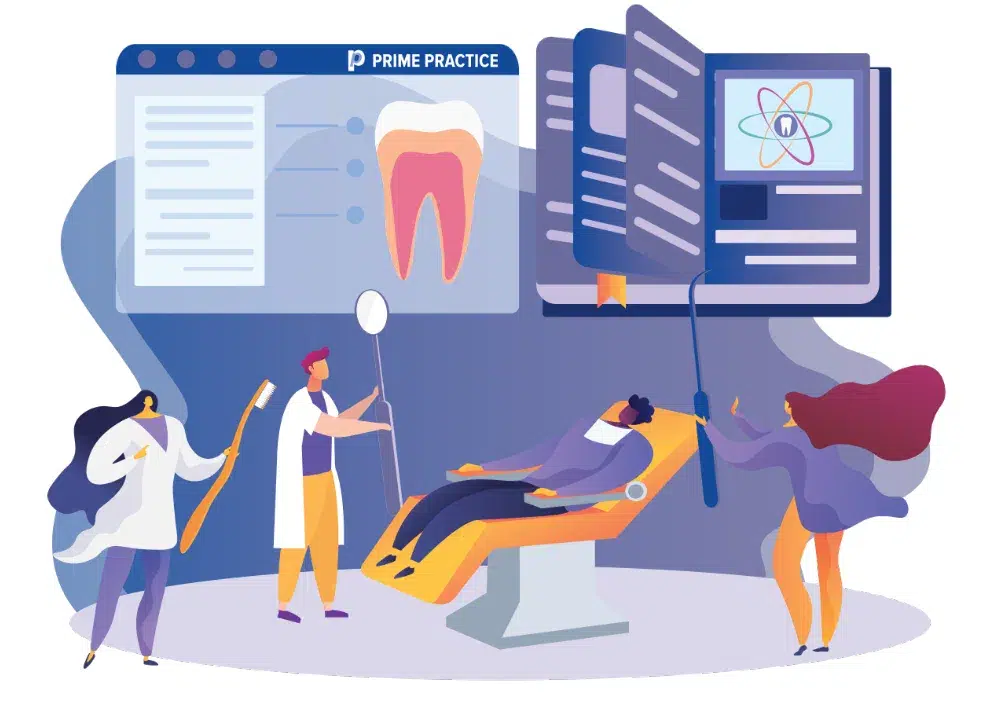No products in the cart.
HR Solutions, Bite Magazine
The four-day working week
In an era when the workplace is undergoing a revolution, the four-day working week is being hailed as a good option in creating a more effective practice. By John Burfitt
The past 18 months of the COVID-19 pandemic have shaken up our perception of what a typical working week looks like, with what is now considered ‘regular hours’ taking many and varied forms.
The traditional five-day working week has undergone a dramatic shift, with the concept of the four-day week now being looked at with renewed interest.
For some practice owners, fewer working days per week has been a way to cope with the upheavals of staffing supply and patient demand, but for others, it has proven to be a more effective and productive way of operating. Not to mention the benefits of an extra day off helping to achieve a better work-life balance.
In March, Spain announced it was trialling a four-day working week, and in Japan in 2019, Microsoft tested the model, with no pay cut for employees, and later reported productivity increased by nearly 40 per cent. New Zealand estate firm Perpetual Guardian also tried it in 2018, and it proved so successful, it’s now part of their routine.
The concept has gained momentum in Australian dentistry across the past year, says Bethan Flood, general manager of Human Resources for consulting agency, Prime Practice.
“There has definitely been a shift and I’m having more conversations about this, as dentists are considering different ways of working,” Flood says. “What we’ve seen is that the four-day working week concept can definitely work and work well.
“The past year has changed so many of the rules, as the pandemic forced all of us to reconsider more effective ways of working. Contemplating a four-day week is one of the results of that evaluation, as taking that fifth day off allows people to take a breather to do other things and get some balance in their lives.”
There has definitely been a shift and I’m having more conversations about this, as dentists are considering different ways of working. Bethan Flood, general manager, Prime Practice
Dr Amantha Imber is the founder of Inventium, one of Australia’s leading behavioural science consultancies, where she implemented the four-day week among her own team. The deal is, they are paid to work five days but only work four days. The team is expected, however, to produce the same amount of work in that time, so the challenge is how to use their time more efficiently.
The result of working this way at Inventium, Dr Imber says, has been an increase in the quantity and quality of the team’s work. She also insists this workplace model can be applied to any business.
“Many people find this a challenging concept to get their heads around, but the teams who have the highest likelihood of making it work are those who are curious and have an experimental mindset,” she says.
“It comes down to you can either keep doing things the way you always have and see if that leads to positive changes or try a new concept for a few months as an experiment and see what happens.”
Dr Imber says the best first step when considering the four-day-week model is to conduct a pre-mortem, where the practice team meets to discuss the idea and then predict all the things that could go disastrously wrong with working this way.
“From there, you work backward to determine what are the factors that could lead to the failure of this strategy, and what needs to be done to avoid that,” she says. “This way, you have a starting point so you can make decisions to reduce the chance of it not working out.
“You also need to clearly frame it as an experiment of about eight weeks and be clear on what you’re trying to change, how you will measure the performance metrics and output measures, and if this way of working actually suits everyone within the team.”
She adds that investing in training on more productive work habits among the team would offer appropriate support and guidance for a workplace undergoing a significant transformation.
Many people find this a challenging concept to get their heads around, but the teams who have the highest likelihood of making it work are those who are curious and have an experimental mindset. Dr Amantha Imber, founder, Inventium
“This is meant to be about reducing stress, not adding to it, so training how to do this well might make the transition much smoother for some,” Dr Imber says.
As for adopting this concept within a dental practice, Bethan Flood believes the profession is already one step ahead of the game due to the flexible schedules that often already exist. Even so, she insists a great deal of consultation among the team needs to be completed before adopting such changes.
“Your team is a crucial part of the decision as they also know the day-to-day practicalities of making this work, in ways the owners or managers may not fully comprehend,” she says. “Taking on this kind of work schedule is something you need to plan so that you’re 100 per cent clear on what form this will take, what the expectations are in terms of performance and outcomes, and where you want to be in the long term.
“Making this a success comes down to trust within the team and also communication so that everyone knows what is going on and how this model works best.”
Among the models Flood has seen with some of Prime Practice’s dental clients is when all of the team works extended hours across four days with the practice shut on the fifth. Others have the practice open five days, with dentists and support staff on different rosters to facilitate their four-day week.
Sydney practitioner Dr Ky-Anh Nguyen says adopting this kind of workplace strategy to reduce clinical hours requires the entire team to be committed to working smarter and more efficiently.
“One strategy that would help enable this is incorporating a good oral health therapist or hygienist as part of the team, to alleviate routine clinical workloads like regular check-ups and cleans, thus freeing up the dentist’s time,” Dr Nguyen says. He also says advances in new technology should be embraced to make record keeping a smoother, and less time-consuming task.
“In the current climate, looking at all the ways you work and considering other ways of doing so highlights the importance of a good work-life balance and, possibly, the need to refocus.”
—
This post originally appeared on Bite Magazine.



 Coaching Solutions
Coaching Solutions















